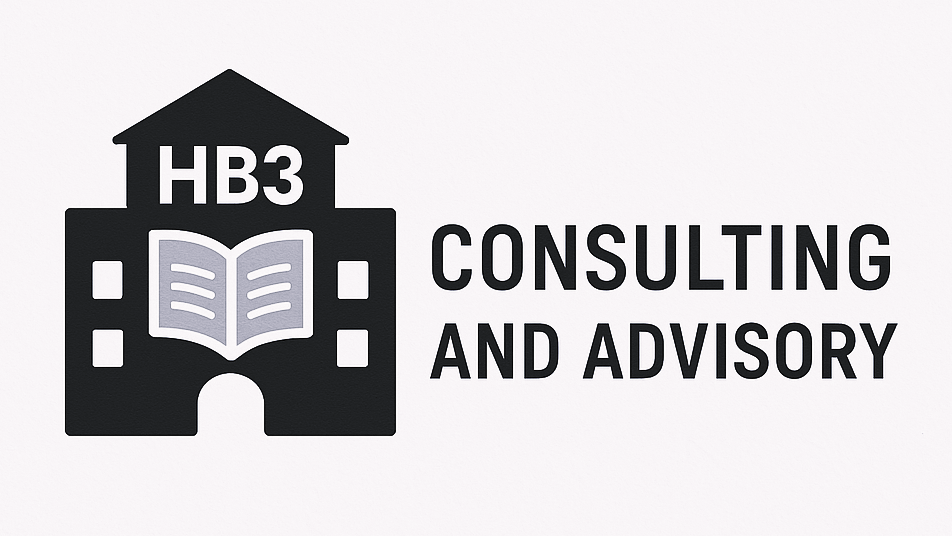Disruption Fatigue: When Innovation Just Rebuilds the Old System
In education, we’ve seen wave after wave of “disruption”, bold new ideas meant to challenge the status quo, rethink schooling, and solve long-standing inequities. Some have been transformative. Many have sparked necessary debate. But one recurring pattern stands out: over time, most of these innovations start to resemble the very systems they set out to change.
Some reform efforts started with bold intentions: to bypass red tape, bring urgency to persistent challenges, or reimagine how schools recruit and support talent. Many were launched by what I’ve come to call acronym groups, initiatives with punchy names, lean startup vibes, and a sense of movement. Over time, most tend to grow into national organizations with strategic plans, large staffs, compliance teams, enormous alumni networks, and operational complexity. They probably didn’t set out to recreate bureaucracy, but they built it anyways, because scaling anything within a public system tends to require structure, systems, and compromise. And then that new bureaucracy is staffed by an ever-growing army of alumni. This type of echo chamber rarely leads to transformative change, regardless of how it started.
Charter schools, too, were designed for flexibility and local responsiveness. And many still embody that spirit. But as networks grew, some adopted centralized offices, metrics, and management models that looked increasingly like the districts they once critiqued. Centralized operations, rigid structures, pressure for test scores. Even in the EdTech space, personalized learning tools, MOOCs, and alternative models have often evolved into platforms that mirror traditional structures, just with more screens. All promise liberation from the “factory model,” only to slowly recreate it, algorithm by algorithm, rubric by rubric.
The innovation gets absorbed by the system.
The System Has Gravity
This isn’t necessarily failure. It’s a natural consequence of trying to meet real needs at scale. Education doesn’t just deliver content; it serves as childcare, community center, credentialing pipeline, and public trust. Any effort that touches those layers inevitably encounters system gravity.
In physics, gravity is a function of mass. In education, the pull comes from intellectual and social mass: a dense, layered system of policy, precedent, funding streams, cultural expectations, and professional norms. The more an idea tries to “go big,” the more this gravity pulls it toward the familiar. Standards. Assessments. Credentials. Compliance. Test scores. Community optics. It happens slowly.
Orbit, Don’t Crash
But not all ideas get swallowed by the system. Some manage to stay in orbit, close enough to engage, far enough to stay distinct. These efforts don’t reject the system outright; they work beside it, around it, and sometimes through it. They prioritize depth over scale. Relationships over metrics. They adapt when needed, but resist becoming replicas of the old models.
That’s the space where I try to work through HB3 Consulting and Advisory. I didn’t launch HB3 to disrupt. I launched it to support. I partner with microschools, charter networks, and public agencies who are doing ambitious work and want to stay aligned with their values. I help design curriculum, make meaning from qualitative research, and think strategically, without defaulting to the same old templates. I’m hoping some of our most promising modern innovations can resist the trend of becoming the very thing they sought to improve.
What If the Goal Isn’t Disruption?
Maybe it’s time we move beyond the language of disruption. Maybe transformation isn’t about bulldozing down the system and leaving students in the rubble but orbiting it long enough to imagine something better. Build something that’s a better alternative, and then perhaps we can remove mass from the original system and lessen its gravitational pull.
Disruption is easy to market, but real change in education doesn’t look like a TED Talk. It looks like trust, iteration, deep expertise, and staying in the work long enough to make it matter.
Sustained, thoughtful evolution is harder, but that’s where real change lives.

